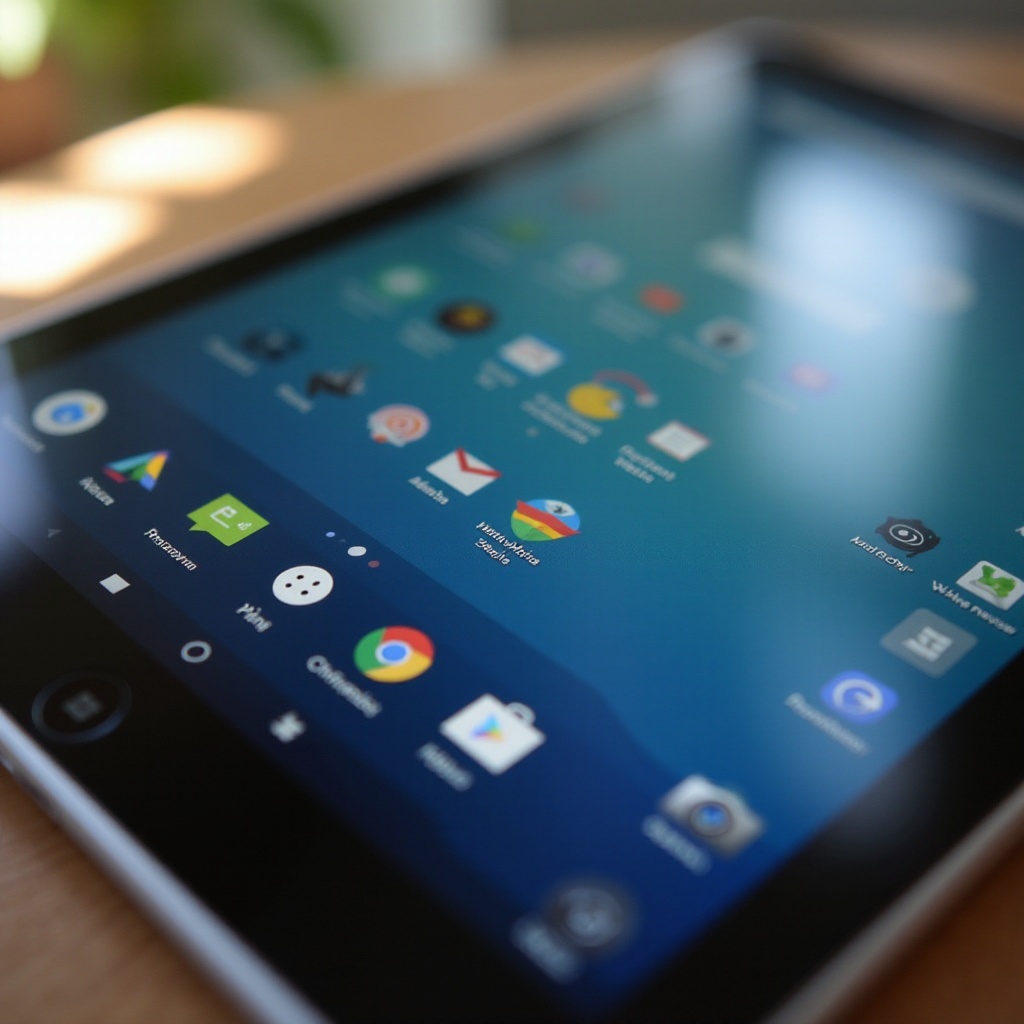Introduction
Widgets are powerful tools that can make your Android tablet even more versatile and user-friendly. By offering quick access to essential information and functions, widgets help you stay connected and productive. But how do you get more widgets on your Android tablet? This comprehensive guide will walk you through the process, offering tips and tricks along the way.

Understanding Widgets and Their Benefits
Widgets are interactive elements that reside on your Android tablet’s home screen. They display real-time data, such as weather updates, calendar events, and news headlines, without needing to open the app itself. This functionality can significantly improve your efficiency by allowing you to access crucial information at a glance.
The benefits of using widgets extend beyond convenience. Widgets can also personalize your tablet experience. By choosing widgets that reflect your needs and interests, you can tailor your device to work for you. This makes tasks like checking emails, managing tasks, or controlling media playback much more straightforward.

How to Find and Add Widgets on Your Android Tablet
Now that you understand the basics, let’s explore how to find and add widgets to your Android tablet.
- Access the Home Screen: Navigate to your home screen by pressing the home button. Ensure you have space available where you want to add the widget.
- Enter Widget Mode: Long-press on any empty space on your home screen. This will typically bring up a menu with options like ‘Wallpapers,’ ‘Widgets,’ and ‘Home settings.
- Open the Widget Menu: Tap on ‘Widgets.’ You’ll find a list of available widgets from all the apps installed on your device.
- Browse and Select: Swipe through the list to browse various widgets. Widgets are usually sorted by the app that provides them.
- Add the Widget: Once you find a widget you want, long-press it and drag it to your desired spot on the home screen. Release it to place the widget.
By following these steps, you can easily find and add widgets to make your tablet more functional and personalized.
Customizing Widget Sizes and Positions
After adding widgets, you might want to customize their sizes and positions to fit your layout better. Here’s how you can do this:
- Resize Widgets:
- Long-press the widget you want to resize. A bounding box with resize handles will appear around the widget.
- Drag the handles inward or outward to adjust the size according to your preferences.
-
Release to confirm the new size.
-
Reposition Widgets:
- To move a widget, long-press it until it lifts from its spot.
- Drag it to the desired position on the home screen.
- Release to place the widget.
These customization options give you the flexibility to design a home screen that best suits your workflow and aesthetic preferences.
Downloading and Installing Third-Party Widgets
While pre-installed widgets offer various functionalities, you can also download third-party widgets to enhance your tablet’s capabilities further. Here’s how:
- Google Play Store:
- Open the Google Play Store app on your tablet.
-
Use the search bar to search for ‘widgets’ or specific widget types like ‘clock widgets,’ ‘weather widgets,’ etc.
-
Browse and Select:
- Browse the search results and read reviews to find reputable apps offering the widgets you want.
-
Tap on the app to open its details page.
-
Install the App:
- Press the ‘Install’ button to download and install the app.
-
Once installed, find the widget in the same ‘Widgets’ menu accessed through your home screen.
-
Add New Widgets:
- Go to the home screen and access the widget menu as explained earlier.
- Locate the newly installed widget and add it to your home screen.
By downloading third-party widgets, you can broaden the functionality of your Android tablet, making it even more tailored to your needs.

Troubleshooting Common Widget Issues
Occasionally, you might face issues with your widgets. Here are some quick fixes:
- Widgets Not Updating:
- Ensure your tablet is connected to the internet.
-
Check if the app providing the widget is up-to-date.
-
Widgets Not Loading:
- Restart your device.
- Remove and re-add the widget.
By following these steps, you can resolve common widget issues and ensure they function smoothly.
Tips for Effective Widget Management
Managing widgets effectively can enhance your tablet experience:
- Prioritize Widgets:
-
Place the most frequently used widgets on the main home screen for quick access.
-
Clean Up Regularly:
- Remove any widgets you no longer use to declutter your home screen and improve performance.
These tips can help you manage your widgets to keep your home screen efficient and organized.
Conclusion
Widgets are a powerful feature on Android tablets that can significantly enhance their functionality. By understanding how to find, add, customize, and manage them effectively, you can make the most out of your device. We hope this guide has provided you with the information you need to get more widgets on your Android tablet.
Frequently Asked Questions
How can I resize widgets on my Android tablet?
To resize widgets, long-press the widget until a bounding box appears. Drag the resize handles to adjust its size and then release to set it.
Why are some widgets not working on my Android tablet?
Ensure your device is connected to the internet and the app providing the widget is updated. Try restarting your tablet or removing and re-adding the widget as quick fixes.
Which apps offer the best third-party widgets for Android tablets?
Many apps offer great widgets, including ‘Beautiful Widgets,’ ‘Zooper Widget,’ and ‘KWGT Kustom Widget Maker.’ Check reviews on the Google Play Store to find ones that suit your needs.